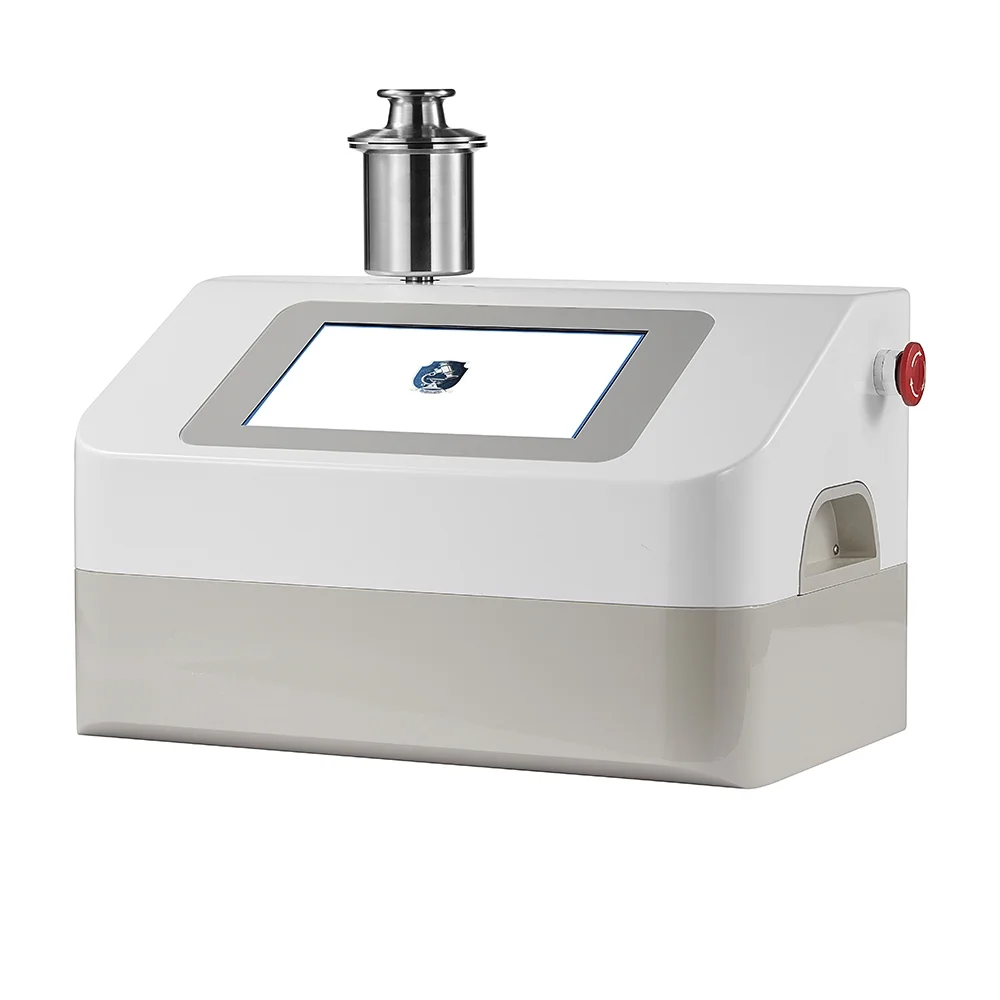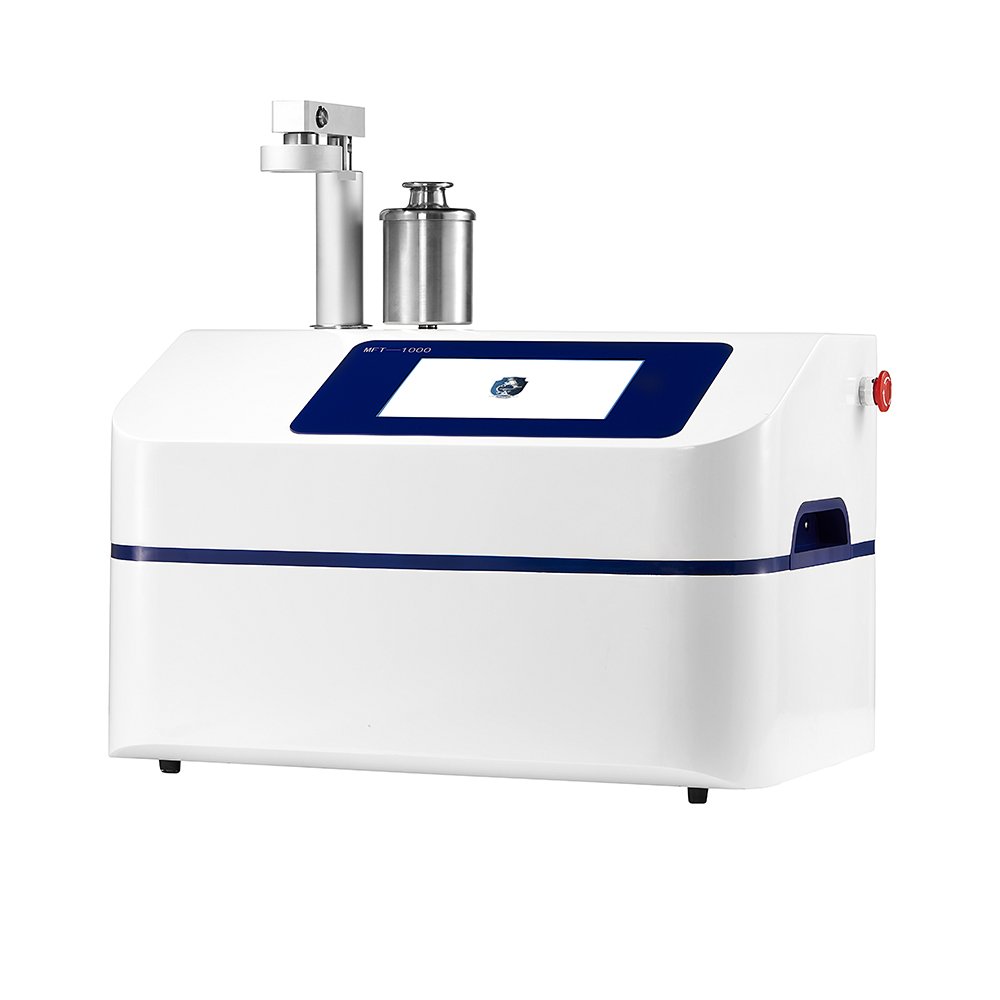How to Choose the Right Packaging Leak Tester for Your Needs
How to Choose the Right Packaging Leak Tester for Your Needs
Unveil the indispensable universe of packaging leak testing—an essential procedure that guarantees product security and excellence across sectors like food, pharmaceuticals, and more. In this article, we’ll plunge into the crucial elements for picking the ideal leak tester. We’ll also examine five prevalent testing techniques. Plus, we’ll highlight MedIntegrity as your dependable ally in innovative solutions. Continue reading to grasp how to shield your goods and elevate efficiency with the perfect leak testing approach!
Overview of Packaging Leak Testing
Packaging leak testing is a pivotal process in securing the wholeness and protection of diverse items. Whether it involves food, pharmaceuticals, or industrial products, effective packaging serves a fundamental purpose. It shields contents from outside pollutants and preserves item quality. Leak testing uncovers any flaws or vulnerabilities in the packaging. These could undermine its effectiveness.
The significance of packaging leak testing stems from its capacity to avert product withdrawals, diminish waste, and boost customer contentment. By adopting suitable testing strategies, you can confirm adherence to industry norms and rules. This also fortifies your brand’s standing.
Key Factors to Consider When Selecting a Packaging Leak Tester
When opting for a packaging leak tester, numerous aspects come into focus. These points will assist you in choosing the most fitting equipment for your particular demands. They also ensure precise outcomes.
Types of Packaging Materials and Their Testing Requirements
Various packaging materials possess distinct traits that shape their testing needs. For example:
- Flexible Packaging: Demands techniques like vacuum decay or bubble emission tests to spot leaks.
- Rigid Containers: Frequently evaluated using pressure decay or helium mass spectrometry.
- Glass Bottles: Might necessitate ultrasonic leak detection for exact results.
Grasping the material attributes will steer you toward a tester that matches your packaging kind.
Sensitivity and Accuracy of the Tester
The precision and sharpness of a packaging leak tester are crucial for noticing even the tiniest breaches. Keen sensitivity ensures no imperfection slips by undetected. This is especially vital for fields like pharmaceuticals, where product purity is critical. Verify that the tester satisfies your necessary detection limits. It must do so without sacrificing dependability.
Compatibility with Industry Standards and Regulations
Conformity with industry benchmarks is non-negotiable in leak testing. Select a tester that complies with pertinent directives, such as ISO 11607 for medical device packaging or FDA rules for food items. This guarantees your methods meet legal obligations. It also upholds product safety.
Ease of Operation and Maintenance
A straightforward design can greatly enhance operational productivity. Seek testers with clear interfaces and automated functions. They should also require minimal upkeep. Routinely check parts like test heads, pressure sensors, tubing links, and valves. This ensures top-notch performance. Inspect the physical setup of the filter integrity tester. Ensure all components—test head, pressure sensors, tubing connections, and valves—are correctly installed and secured.
Cost-Effectiveness and Return on Investment
While upfront expenses matter, ponder the lasting advantages of investing in a superior leak tester. A trustworthy system cuts downtime and reduces waste. It also heightens output, delivering a stronger return on investment over time.
Exploring the 5 Common Types of Leak Testing Methods
Leak testing approaches differ based on application needs and intended results. Here’s a thorough look at five widely employed techniques.
Vacuum Decay Method
How It Works
The vacuum decay technique entails generating a vacuum inside the package or a chamber holding it. Any rise in pressure from air seepage signals a flaw.
Best Situations to Apply This Method
This approach suits flexible packages like pouches or blister packs. Maintaining an airtight barrier is vital here.
Bubble Emission Test
Process Overview
In this uncomplicated yet potent method, the package is submerged underwater after internal pressurization. Bubbles rising from the surface reveal leaks.
Advantages and Limitations
Advantages:
- Simple to execute.
- Economical for small-scale uses.
Limitations: - Unsuitable for spotting minute leaks.
- Demands manual scrutiny.
Pressure Decay Method
Key Features of This Technique
The pressure decay approach tracks pressure shifts within a sealed package over time. A pressure drop indicates leakage through flaws.
Industries That Benefit from Pressure Decay Testing
Sectors like pharmaceuticals and food processing gain from this method’s accuracy. It excels at detecting small leaks in rigid containers or sealed setups. The air tightness of each glove meets the standards of the authentic product (surpassing the pressure retention duration of the genuine item plus the faulty one).
Helium Mass Spectrometry
Detailed Explanation of the Process
Helium mass spectrometry involves filling a package with helium gas. Specialized tools then detect escaping helium particles through breaches. Its acute sensitivity makes it apt for finding micro-leaks.
When to Use Helium Mass Spectrometry
This technique shines in scenarios needing extremely low leak rates. Examples include aerospace parts or medical devices.
Ultrasonic Leak Detection
Operating Principle
Ultrasonic leak detection harnesses sound waves produced by gas or air escaping through breaches. The equipment picks up these waves to locate defects precisely.
Suitable Scenarios for Ultrasonic Testing
This method proves valuable for non-destructive testing in intricate systems. Other approaches might not work here. It performs well on glass bottles or sealed containers needing exact analysis without harm.
By comprehending these methods’ foundations and uses, you can pick a strategy suited to your unique needs. This ensures peak performance across varied industries.
MedIntegrity: A Trusted Partner in Packaging Leak Testing Solutions
When it comes to assuring the soundness and caliber of your packaging, a reliable collaborator is indispensable. MedIntegrity has carved a reputation as a frontrunner in delivering cutting-edge packaging leak testing solutions. These are customized to fulfill the distinct demands of various sectors. With a keen emphasis on innovation and compliance, MedIntegrity provides equipment that ensures precision, efficiency, and alignment with industry benchmarks.
Overview of MedIntegrity’s Expertise in Leak Testing Equipment
MedIntegrity excels in crafting and producing top-tier leak testing gear for diverse purposes. Their strength lies in recognizing the specific requirements of different packaging materials. They offer tailored solutions that tackle these challenges adeptly. Whether you handle flexible pouches, rigid containers, or specialized medical device packaging, MedIntegrity guarantees their systems yield accurate and dependable results.
MedIntegrity’s equipment integrates advanced technologies like vacuum decay, pressure decay, and helium mass spectrometry. These detect leaks with sharp sensitivity. Such methods are engineered to pinpoint even micro-leaks, ensuring maximum protection for your goods. Moreover, their systems feature intuitive interfaces and sturdy builds. This simplifies operation while preserving durability.
By teaming up with MedIntegrity, you access thorough support services. These include setup advice, regular upkeep checks, and staff training. Their dedication to excellence goes beyond product provision. This makes them a reliable ally for businesses striving to refine their leak testing processes.
Conclusion
Packaging leak testing holds a central role in protecting product wholeness across fields like pharmaceuticals, food processing, and industrial goods. By harnessing advanced tools and sticking to industry norms, you can secure the safety and caliber of your items. This also curbs waste and recalls. MedIntegrity’s proficiency in leak testing solutions positions them as a priceless partner for meeting these aims effectively.
FAQs About Choosing a Packaging Leak Tester
What are the most critical factors to evaluate when selecting a packaging leak tester?
When picking a packaging leak tester, weigh factors like compatibility with your packaging materials and required sensitivity for spotting leaks. Also consider adherence to industry norms like ISO 11607 or FDA rules, ease of use, and overall cost-efficiency. Additionally, examine parts like test heads, pressure sensors, tubing links, and valves. Inspect the physical setup of the filter integrity tester to confirm they meet operational needs.
How can I ensure that my chosen leak tester complies with industry standards?
To guarantee compliance with industry benchmarks:
- Confirm the equipment matches relevant guidelines (e.g., ISO 11607 for medical devices or FDA rules for food).
- Routinely track performance indicators.
- Perform regular upkeep checks. The air tightness of each glove meets the standards of the genuine product (exceeding the pressure retention duration of the authentic item plus the defective one).
Is it possible to use one type of leak testing method for all packaging materials?
No single technique fits all packaging materials due to their diverse traits. For instance:
- Flexible pouches might need vacuum decay or bubble emission tests.
- Rigid containers often thrive with pressure decay methods.
- Glass bottles may require ultrasonic detection for precise scrutiny.
Understanding your material’s features will direct you to a method tailored to your needs.
Похожие посты
-
The Importance of Filter Integrity Tester in Ensuring Product Safety
April 08,2025
-
Компания MedIntegrity успешно приняла участие в Американской фармацевтической выставке 2024.
16 января 2025 г.
-
2025 New York Interphex выставка
27 марта 2025 года











